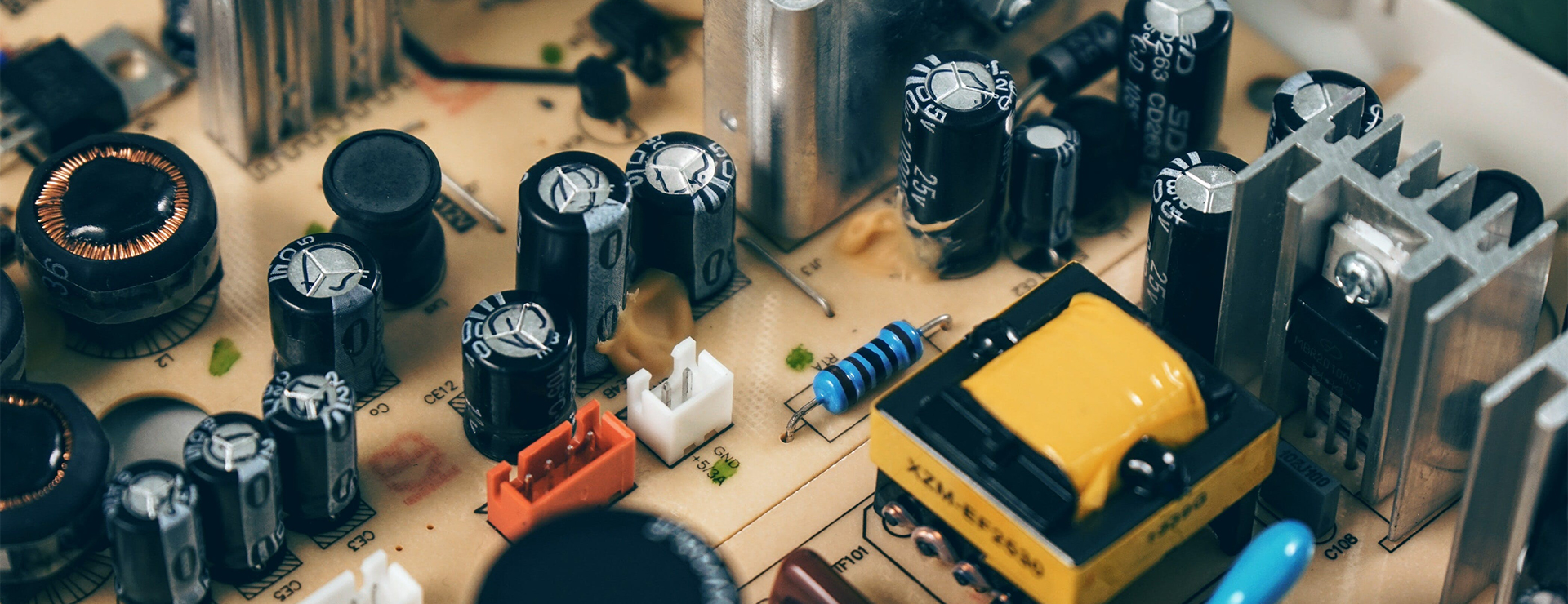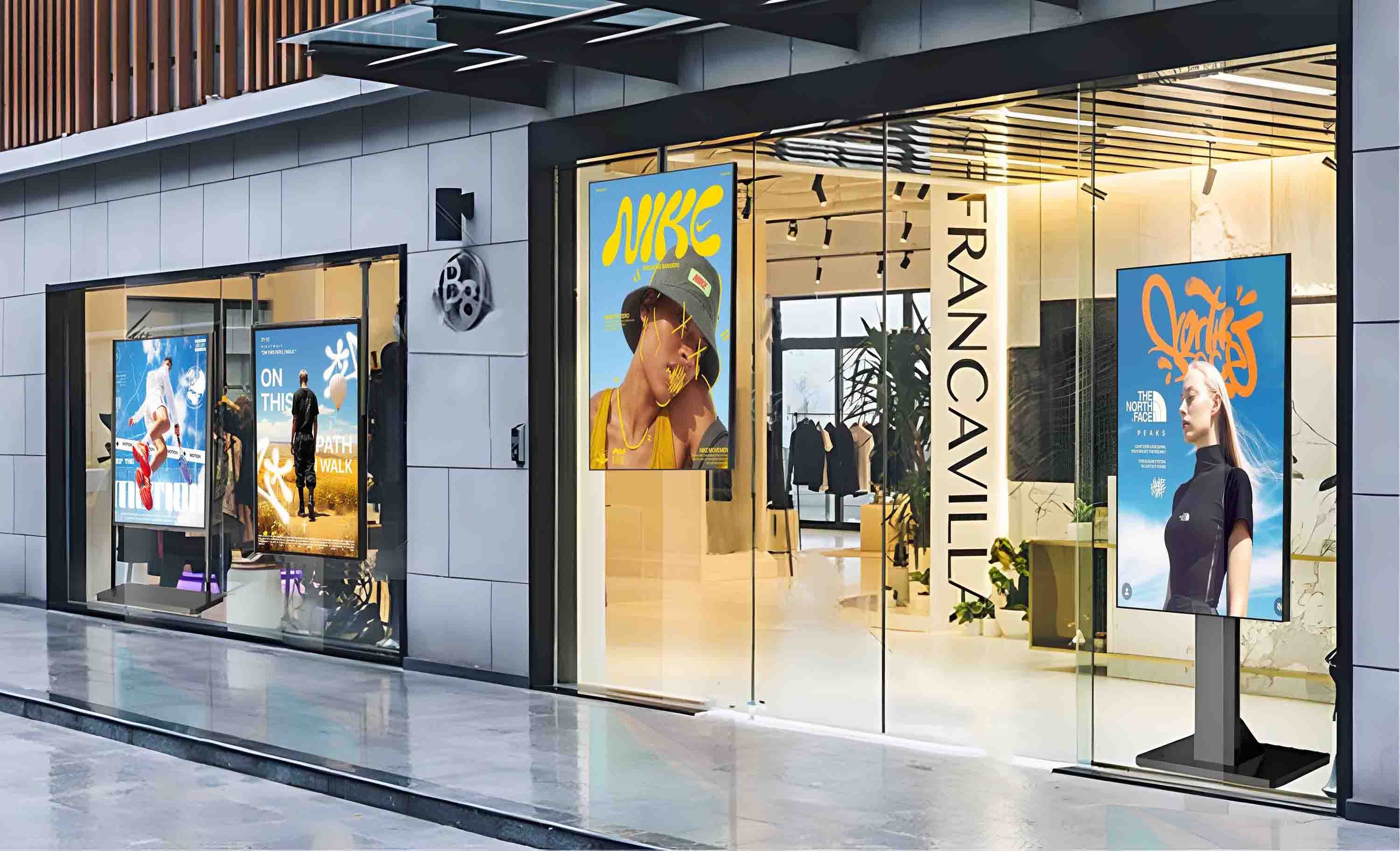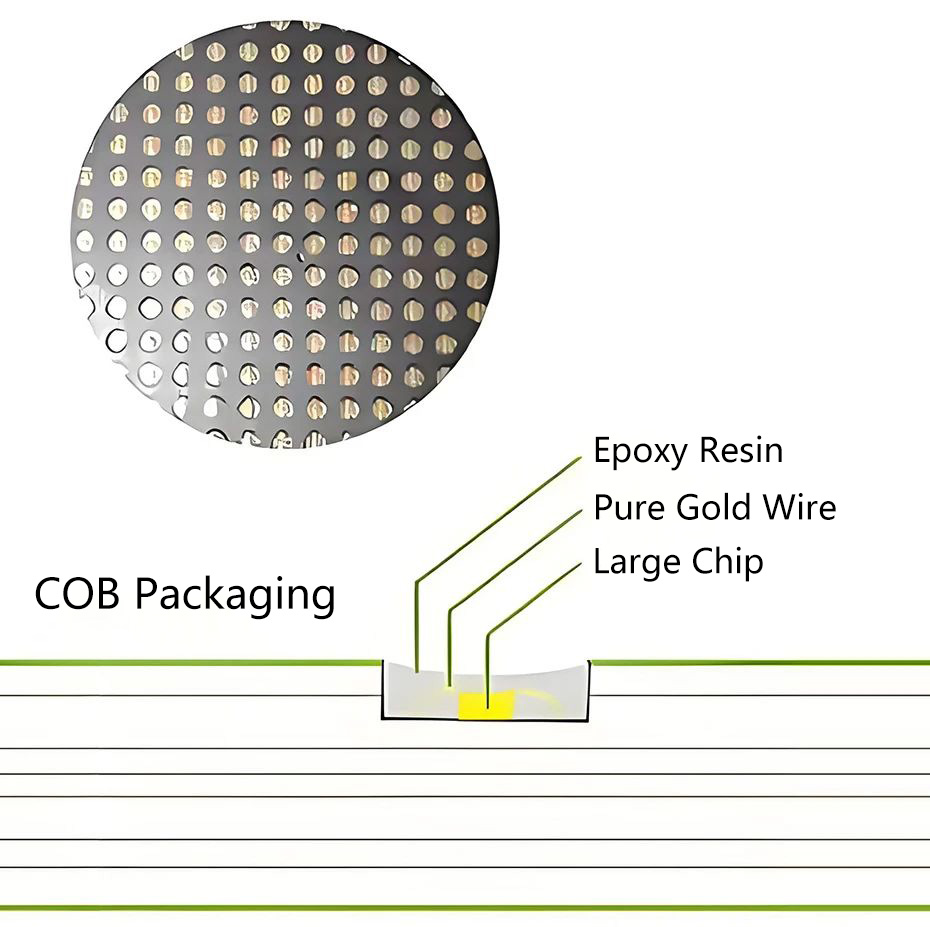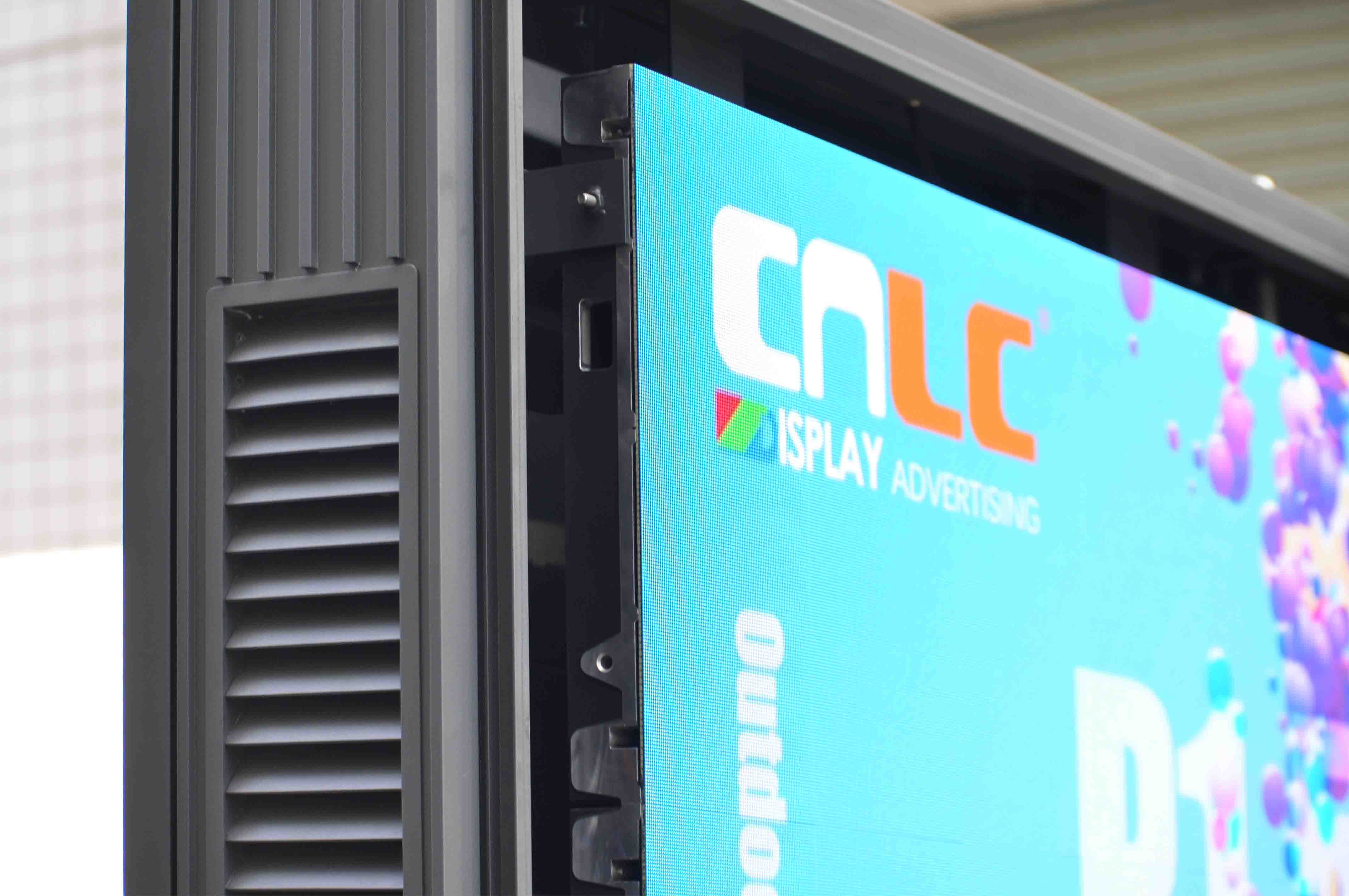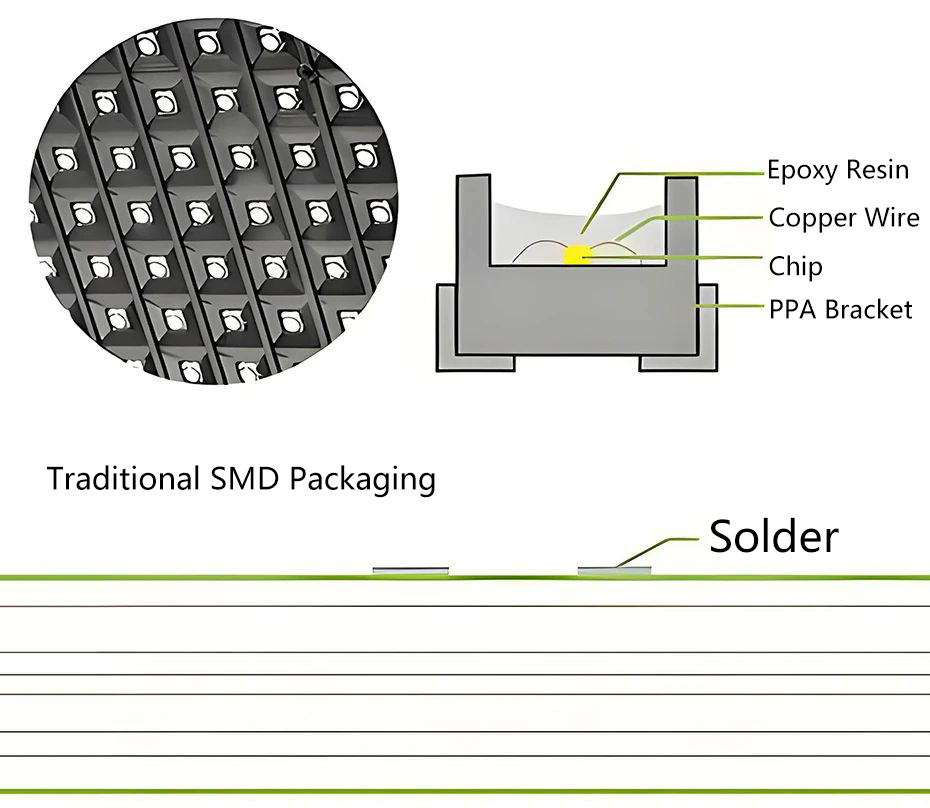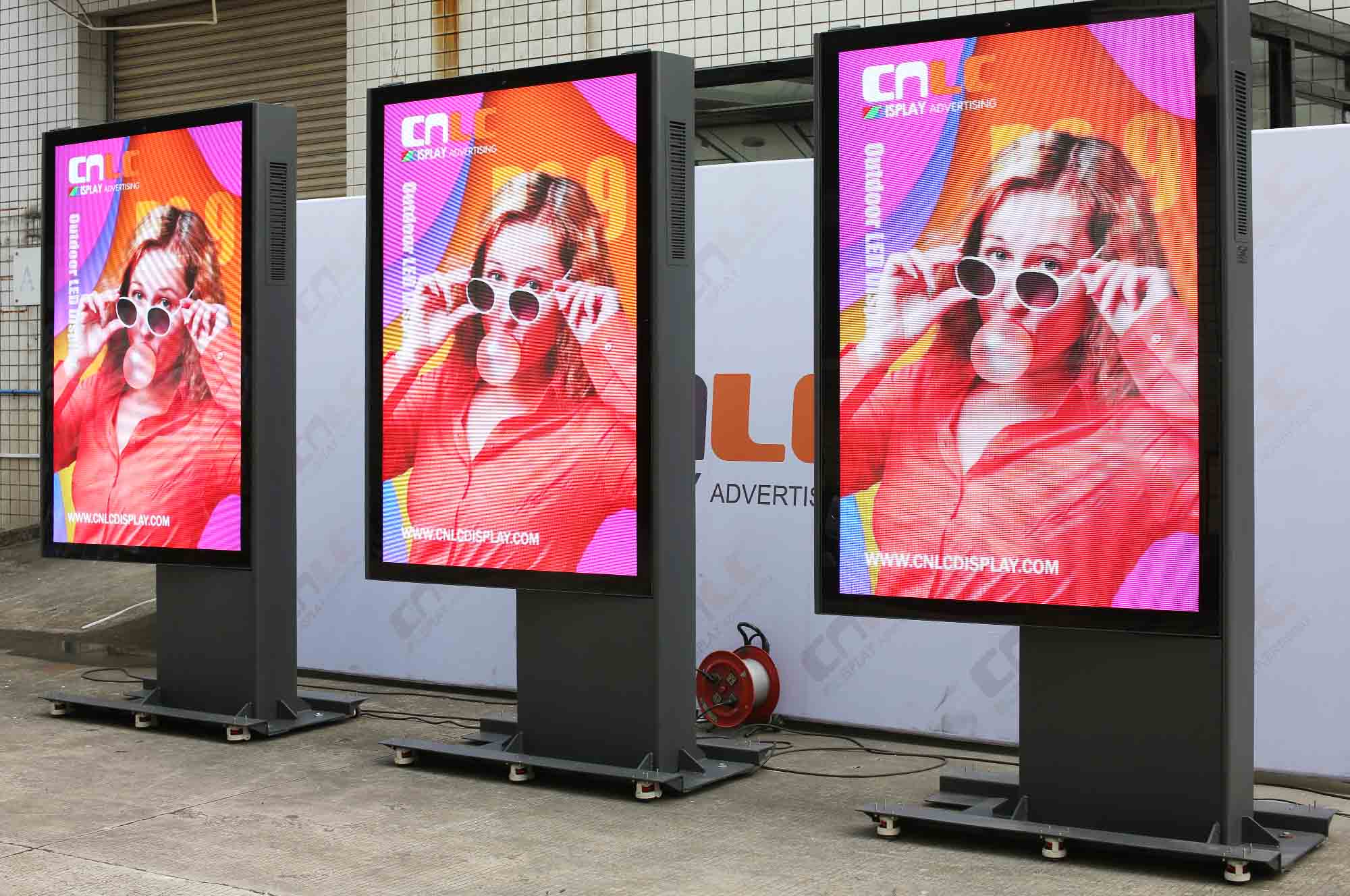Intelligent inspection and maintenance of RFID fire protection facilities
The maintenance of fire-fighting equipment is crucial and is always related to life safety. How to ensure the daily maintenance and supervision of fire-fighting facilities and form information-based and intelligent management?
Due to the different specifications, diverse types, large numbers and scattered geographical distribution of fire-fighting equipment, the maintenance and supervision of fire-fighting equipment are inconvenient. The management of fire-fighting equipment is mainly based on the establishment of basic data and the collection and acquisition of data information at each key node.
By installing on fire-fighting equipment, the information of the corresponding fire-fighting equipment is entered into the RFID electronic tags to form an identity information binding. Generally, RFID handheld terminals are used, which are portable, batch collection, and unlimited venues. The RFID electronic tags on the fire-fighting equipment are read, and RFID realizes the daily inspection and maintenance management of fire-fighting equipment.
The system consists of RFID electronic tags, RFID handheld devices, and RFID fire-fighting equipment management system platform.
- RFID electronic tags: affixed to the surface of fire-fighting equipment, with built-in fire-fighting equipment data information. For fire-fighting equipment management applications with scanning and inspection as the main needs, 900M UHF passive electronic tags are used.
- RFID handheld devices: mainly used for fire-fighting equipment inspection and fire-fighting equipment rapid scanning.
- RFID fire equipment management system: mainly used for fire equipment data management, inspection management, etc.
- Handheld fire equipment management APP: realize mobile fire equipment scanning and fire equipment inspection.
Passive RFID electronic tags are attached to all fire equipment within the jurisdiction. The tags have memory, which can record the purchase time, expiration time, installation time, person in charge, inspection times and other information of the fire equipment.
The fire equipment management system based on RFID technology has many advantages such as long-distance, batch rapid identification, high reliability, strong confidentiality, simple operation, easy expansion and integrated development, etc. It has been widely used in fire equipment, storage, warehouses, etc. Fire management with RFID technology effectively supervises the inspection personnel, reduces the possibility of laziness and cheating at work, and can better ensure that the inspection is in place and ensure the safe use of fire equipment.
With the increasing requirements for fire safety and people's awareness of fire safety, more and more fire facilities are used in buildings. The fire equipment management system based on RFID technology collects identity information by installing RFID electronic tags on fire equipment, which plays a very important role in key nodes and processes, making the management of fire equipment easy and simple, and providing strong protection for the safe use of fire equipment.
